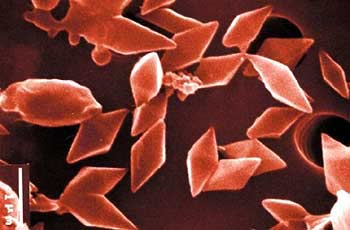In the kingdom of microorganisms, there are many heroic warriors against pests. For hundreds of thousands of years, they have quietly assisted humans in pest control and protecting crops. Their achievements have only been discovered in the last 100 years.
Their achievements have only been discovered in the last 100 years.
In 1911, Bernard, a German scientist, found in a flour mill in Thuringia a strain of bacteria that parasitizes insects and possesses powerful pest control capabilities, known as Bacillus thuringiensis (Bt).
Bacillus thuringiensis resembles a stick, measuring less than 5/1000 mm in length. When it reaches a certain size, one end forms an oval spore for reproduction, while the other end produces a crystal that is either spindle-shaped or nearly cubic. Because it is produced simultaneously with the spore, it is referred to as the crystal, which is highly toxic. When pests consume Bacillus thuringiensis, the crystal damages their digestive system, causing them to stop eating, vomit, and experience diarrhea; meanwhile, the spores enter their bloodstream and cause anemia, ultimately leading to their death.
The discovery of Bacillus thuringiensis has opened up bright prospects for biological pest control methods. Today, Bacillus thuringiensis is produced on a large scale and processed into various products such as Thuricide, Biotrol, and Bathurin, which are effective against hundreds of pest species.



















































